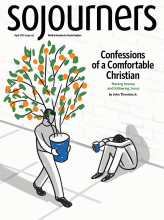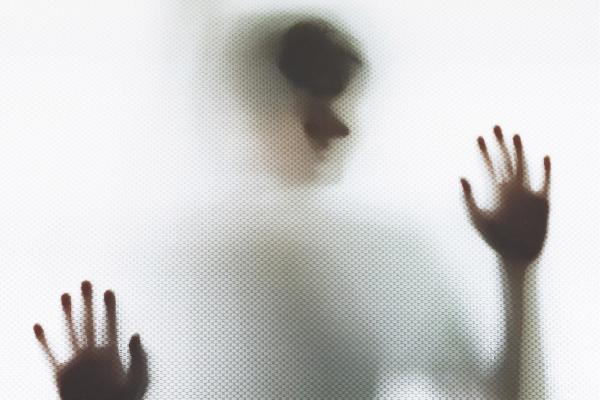TO MOST WHITE AMERICANS living today, racism has—until recently—managed to keep itself somewhat hidden. For decades, white people perpetuated the myth of an unbiased meritocracy, lauded laws that officially criminalized segregation and discrimination, embraced a token form of multiculturalism, and accepted a tincture of color in their overwhelmingly white world of power.
When Martin Luther King Jr. was assassinated, the United States tipped but didn’t topple. Klan Wizard David Duke ran for national office several times but never won. Two generations after the Civil Rights Act of 1964, the country elected a black president. For 40 years, if you believed you were white, you could act as though the lie of skin superiority was largely a relic of the past.
Racism and white supremacy sold the same lie the devil wants told about all manner of evil: Look at the light; there is nothing in the shadows. All is well, move along.
We know the sentiment better, perhaps, from the 1995 film The Usual Suspects, in which it is said, “The greatest trick the devil ever pulled was convincing the world he didn’t exist.” The poet Charles Baudelaire, however, first came to this idea in his prose poem “The Generous Gambler.” The narrator of the 1864 poem spins a tale of an evening spent with the devil. They drink and gamble, the devil wins, and the narrator loses his soul. The night ends with the narrator alone in his bed, begging God for mercy.
Read the Full Article

